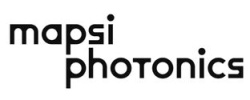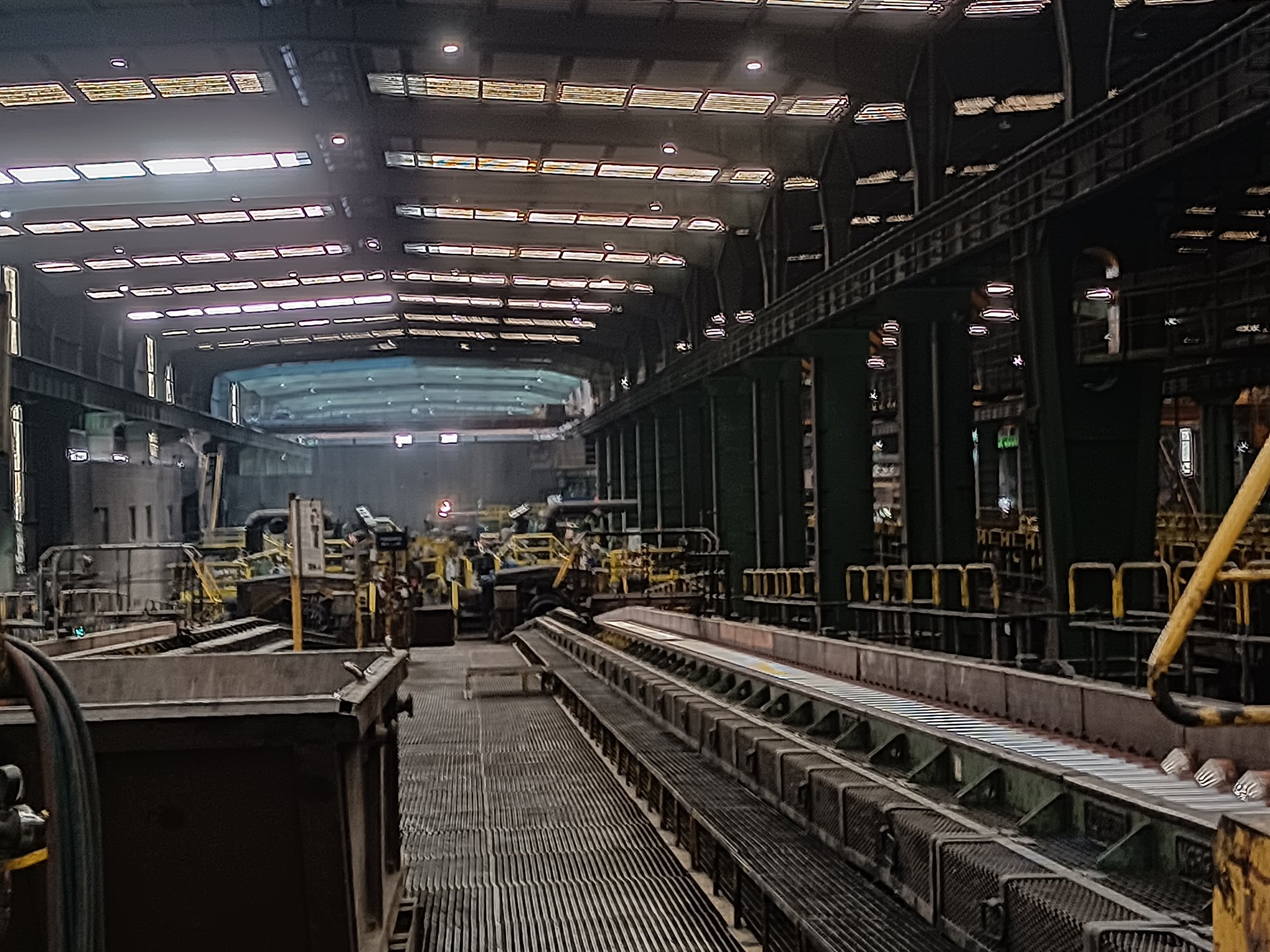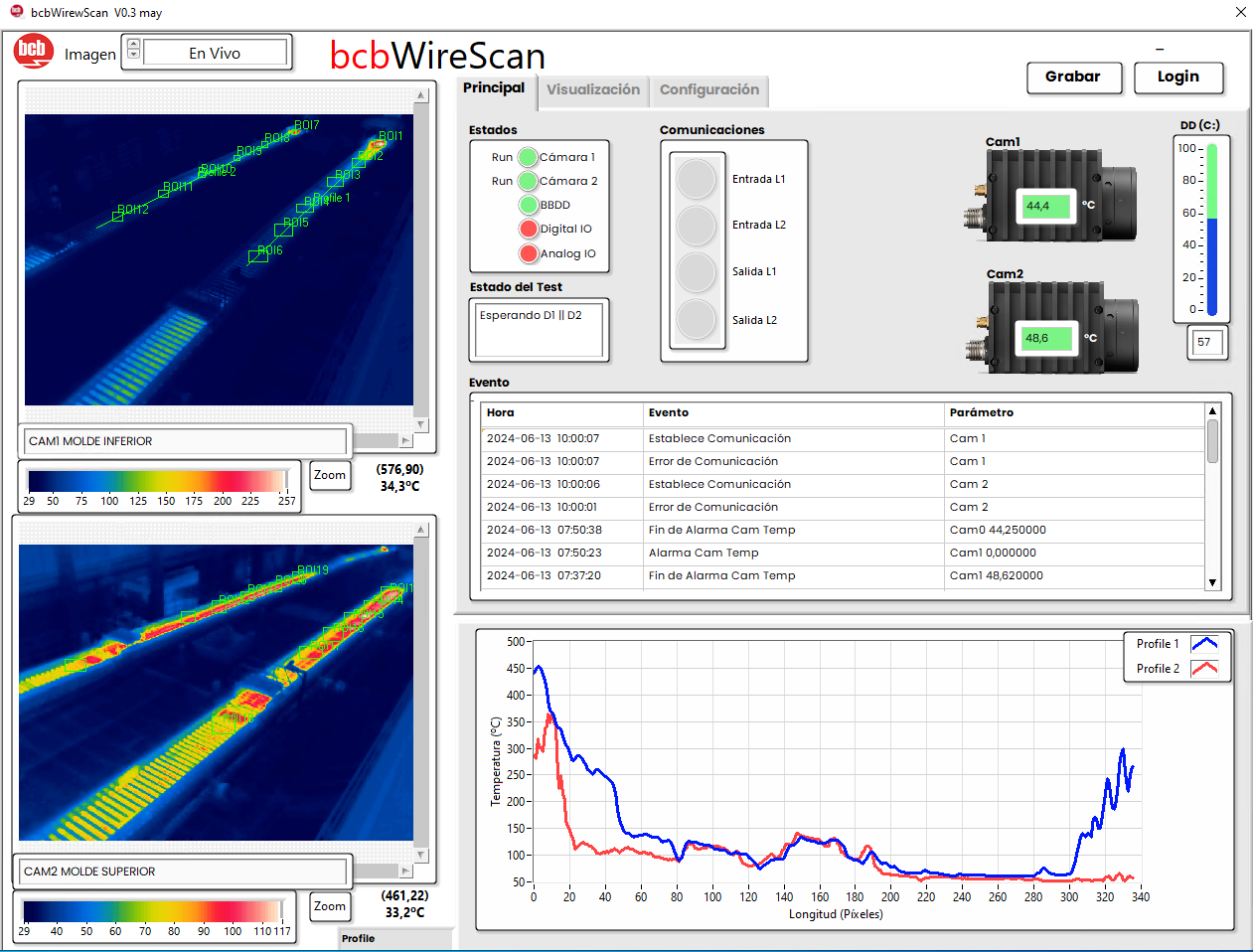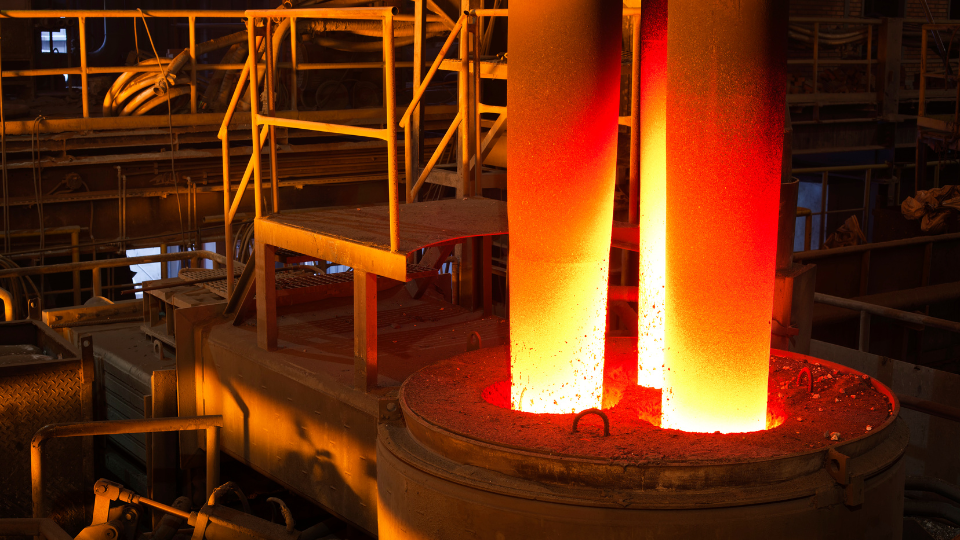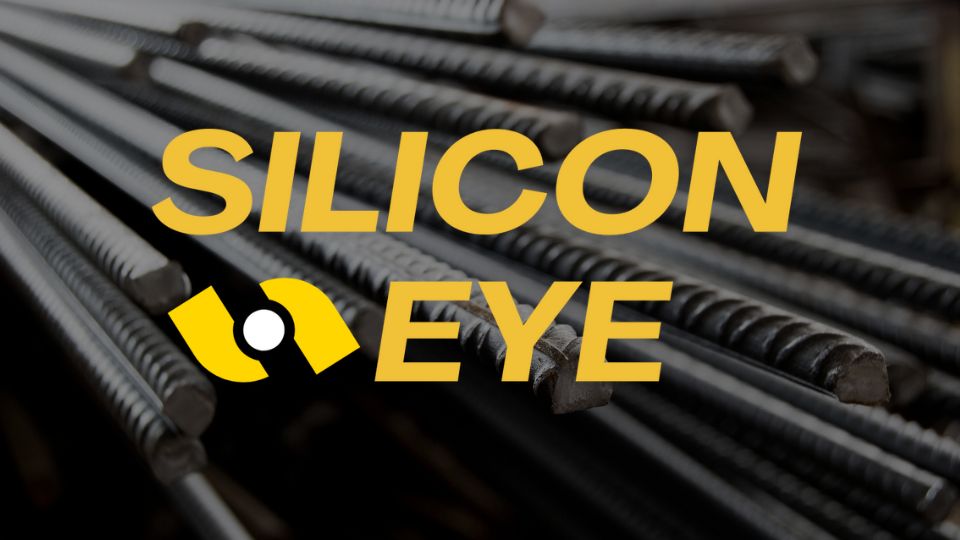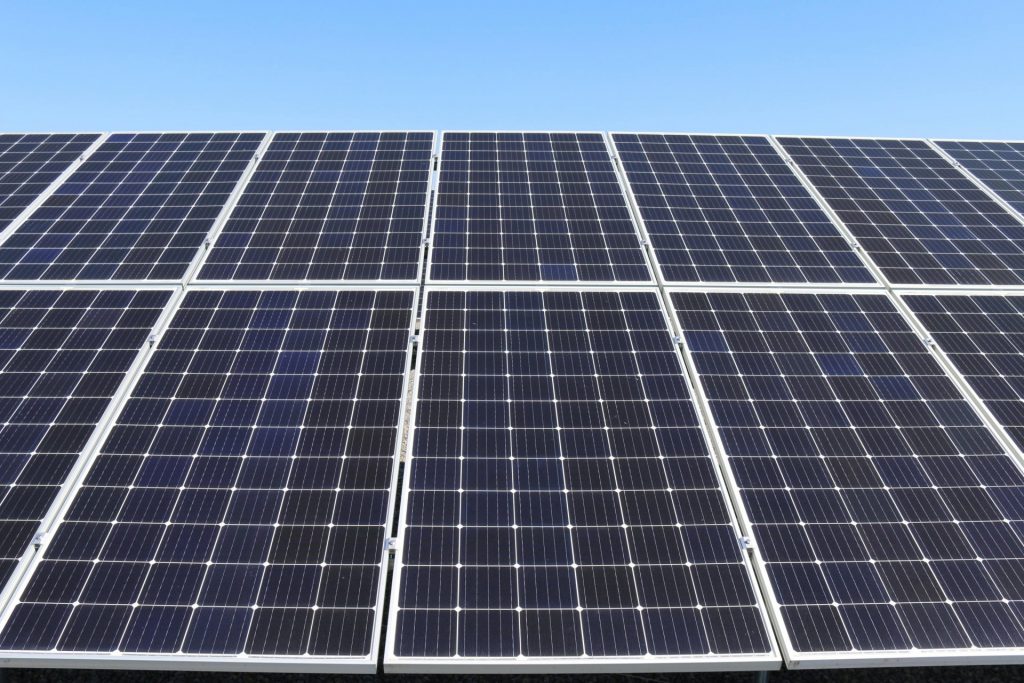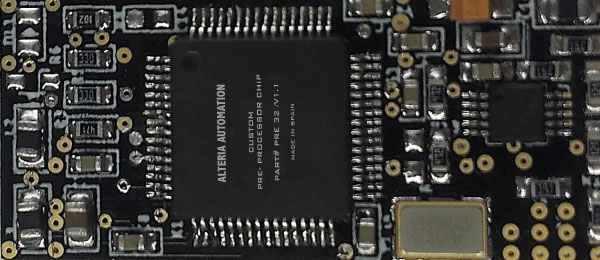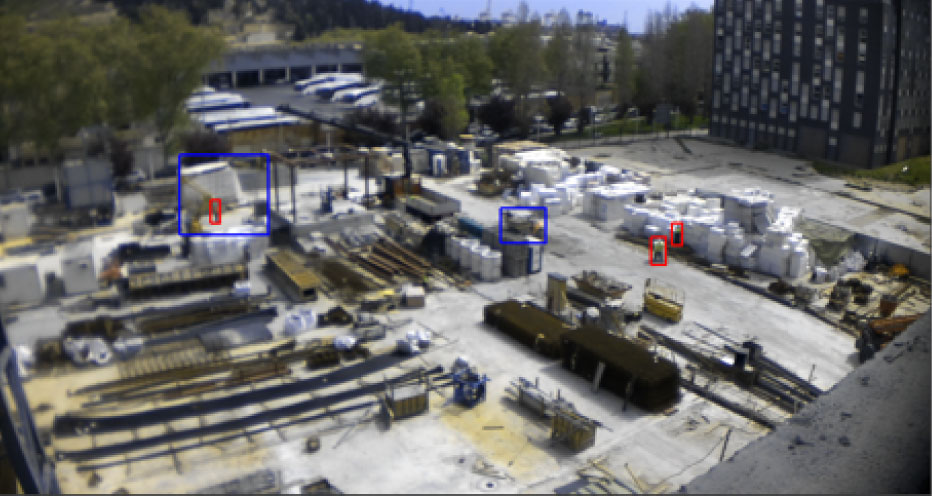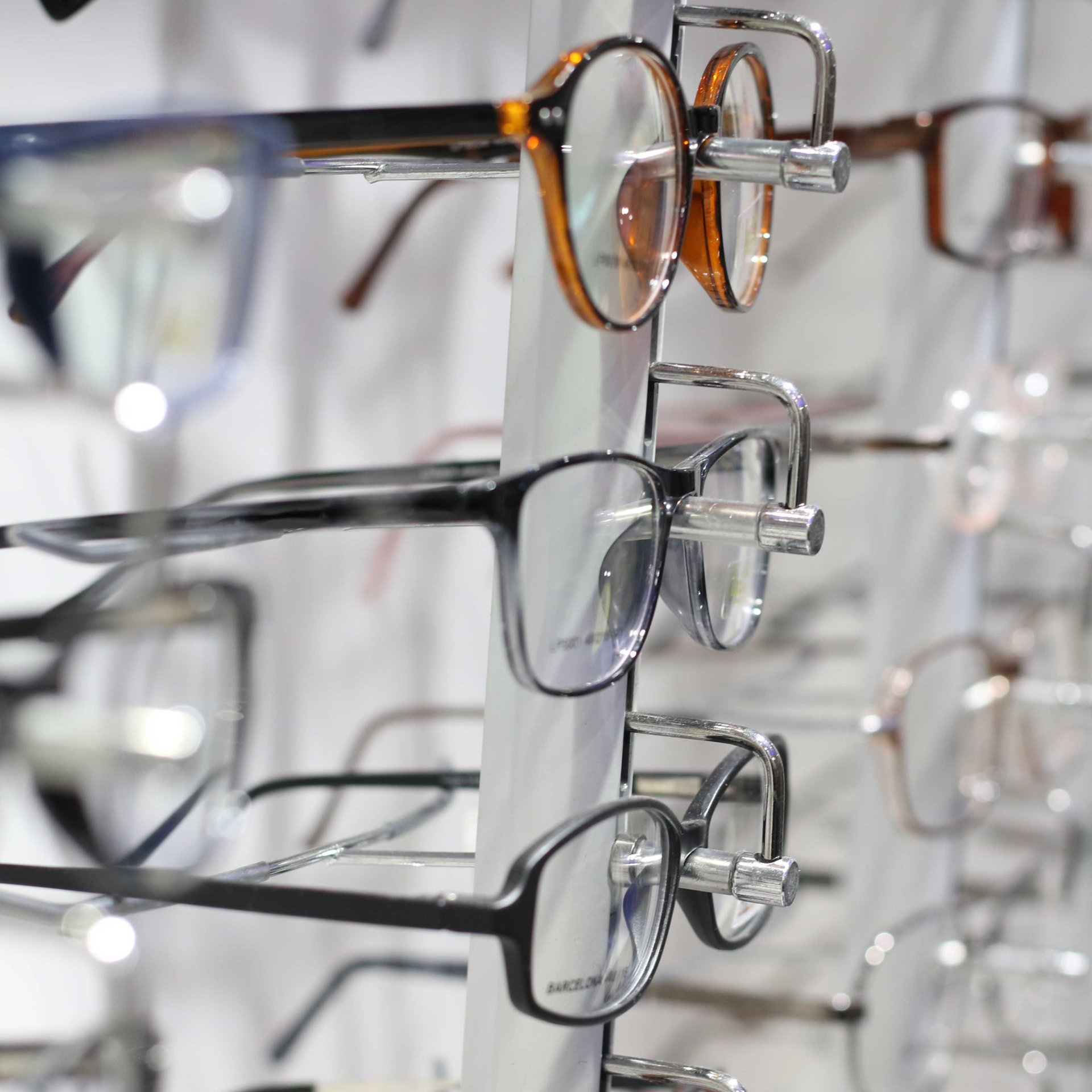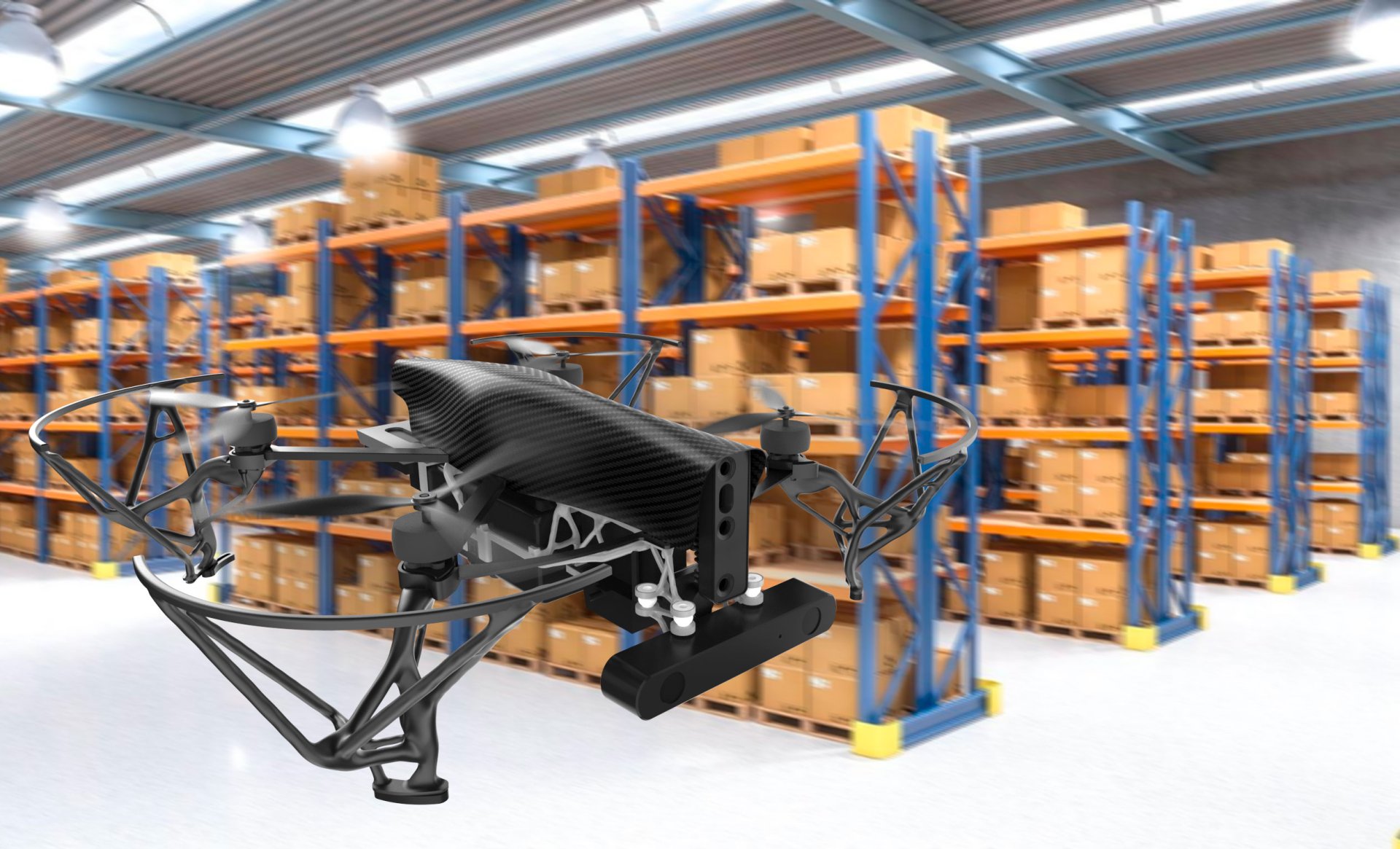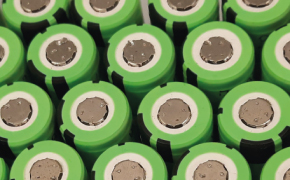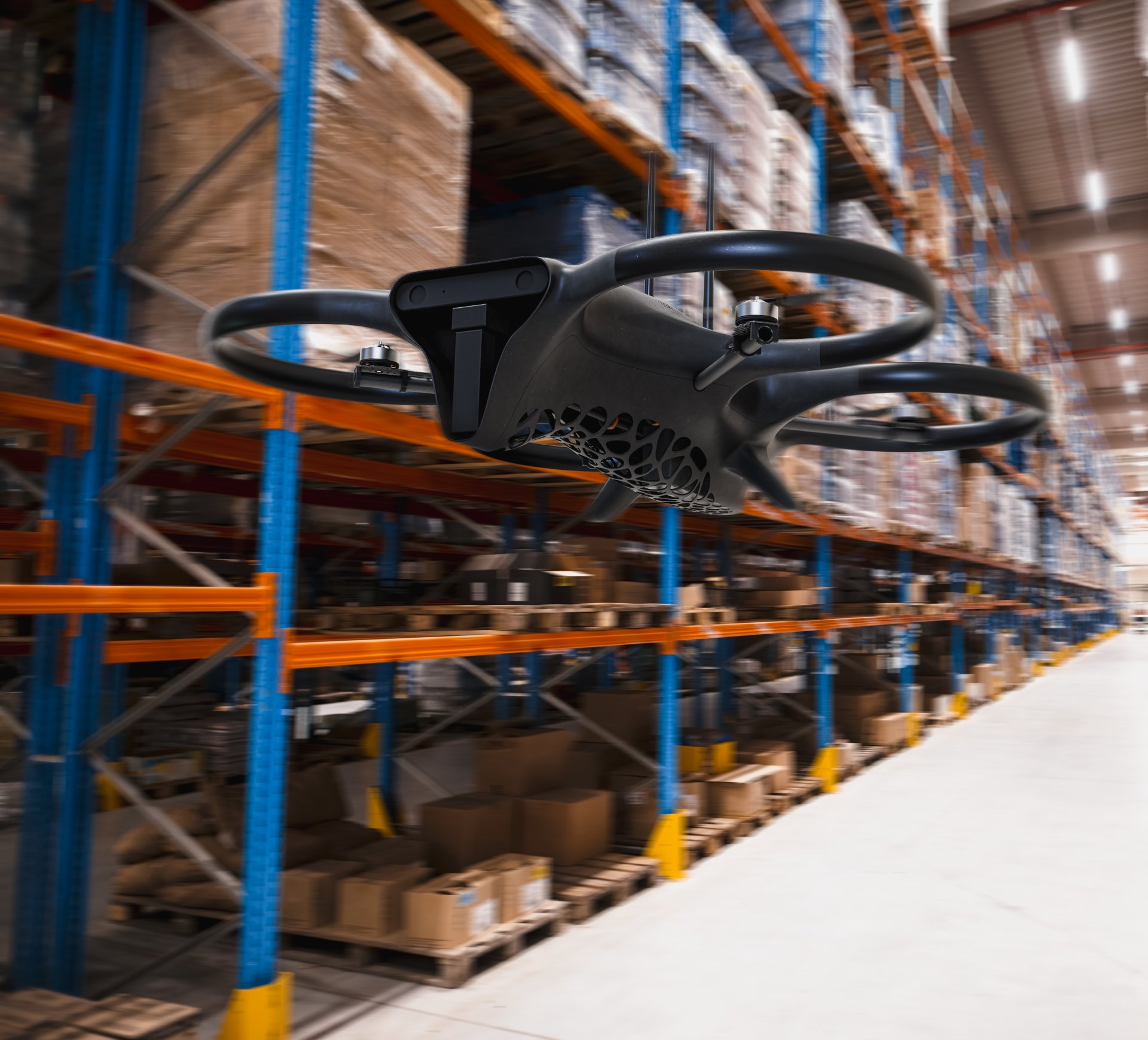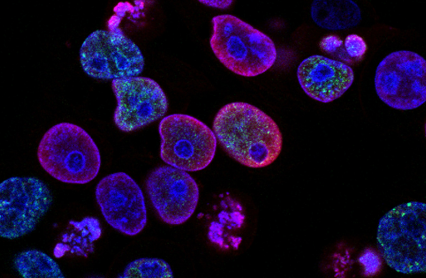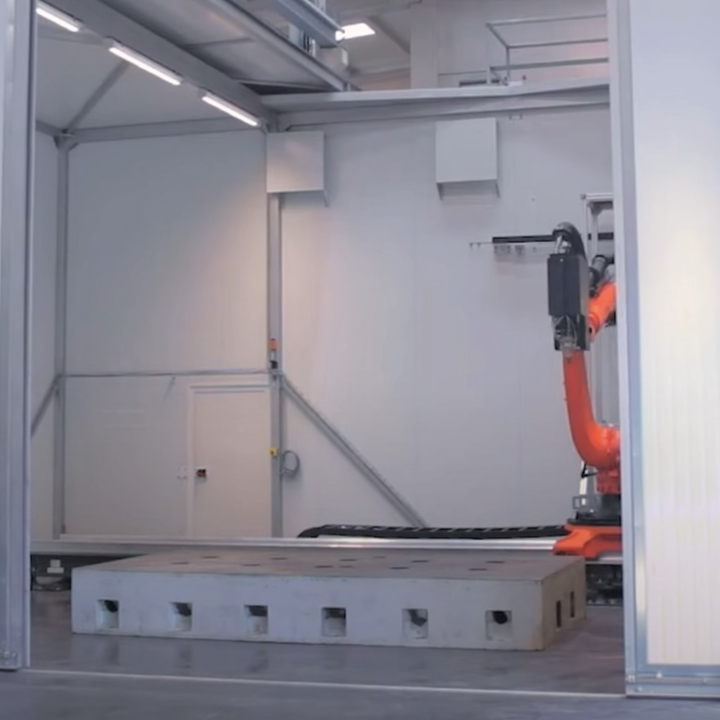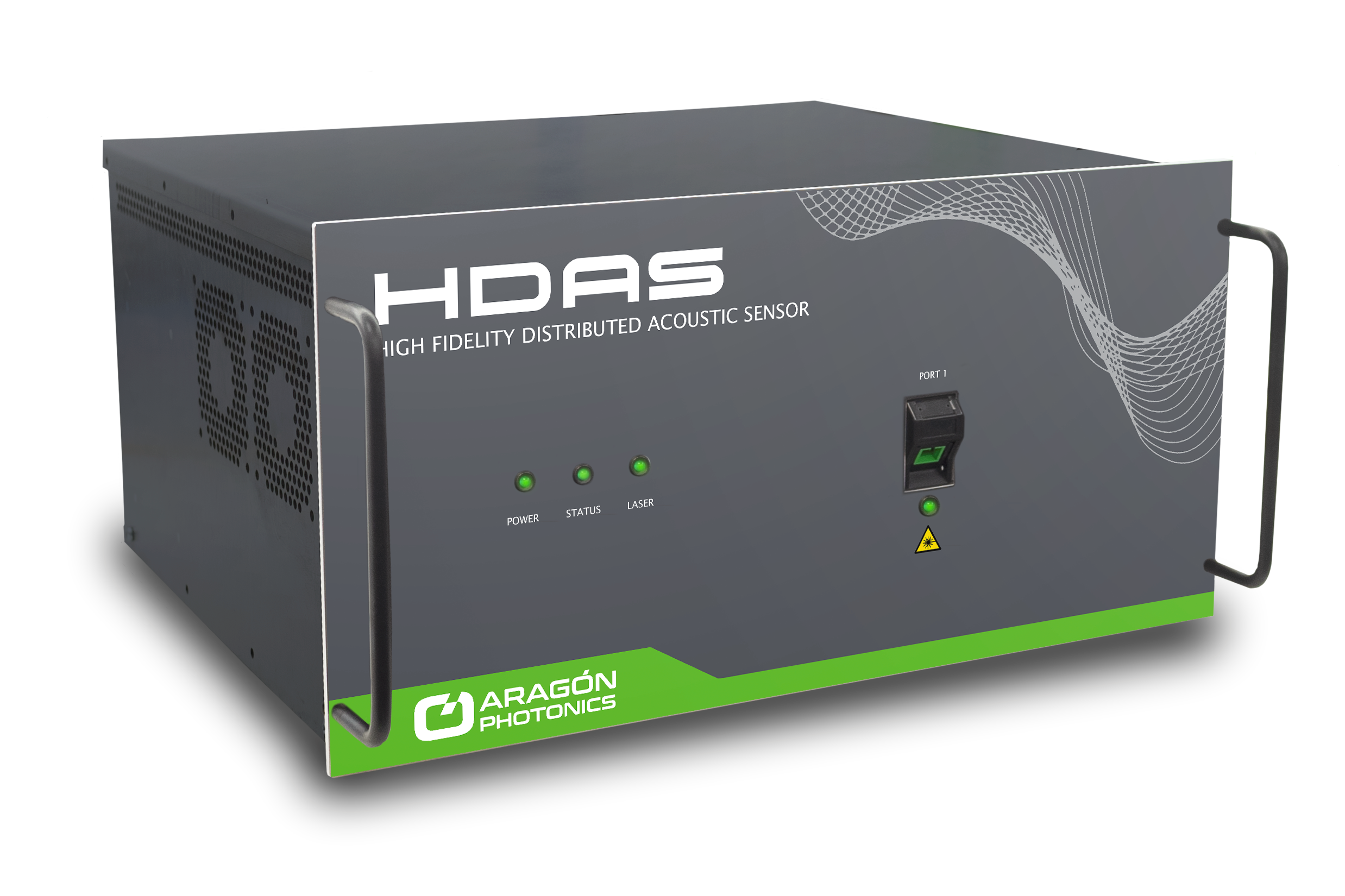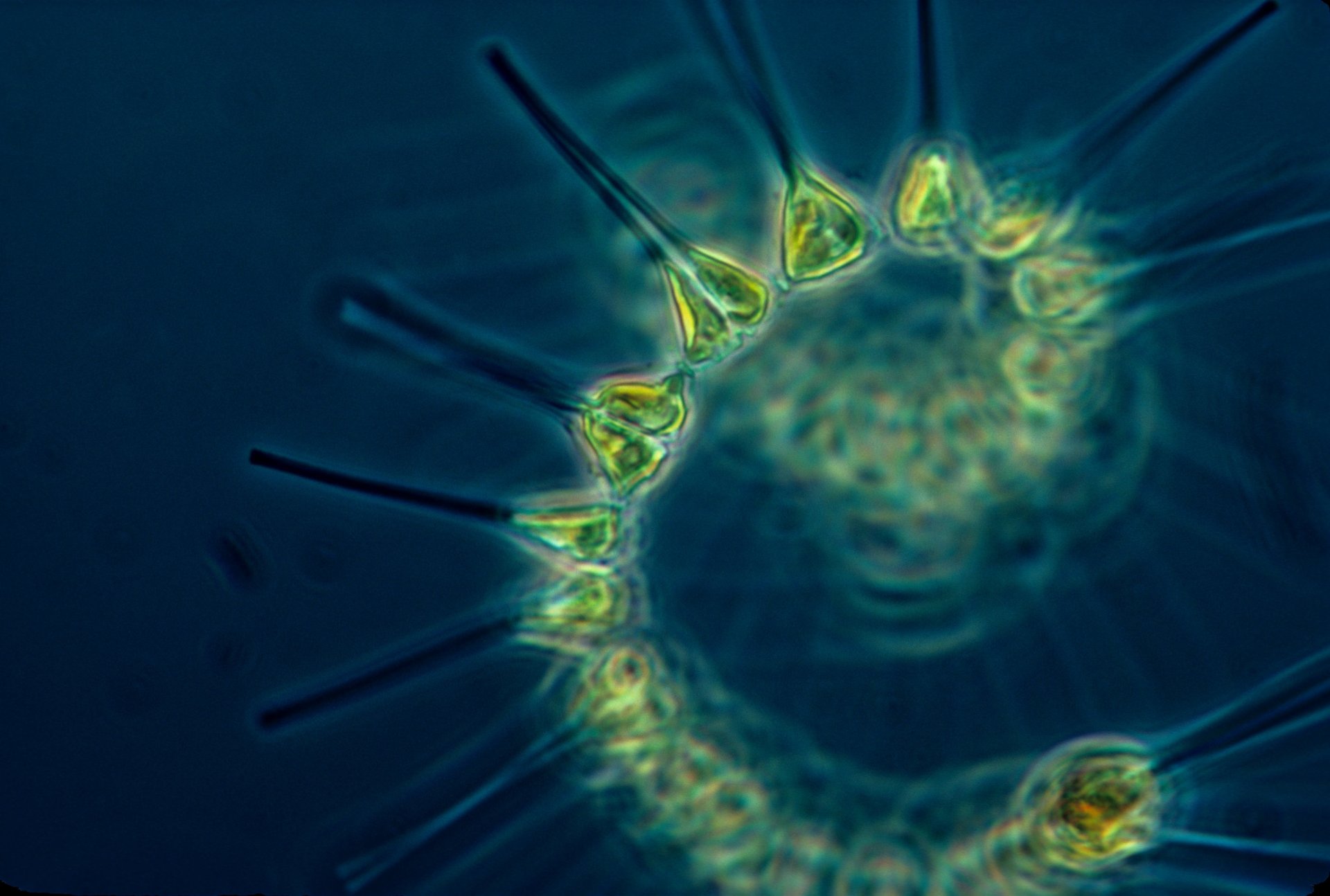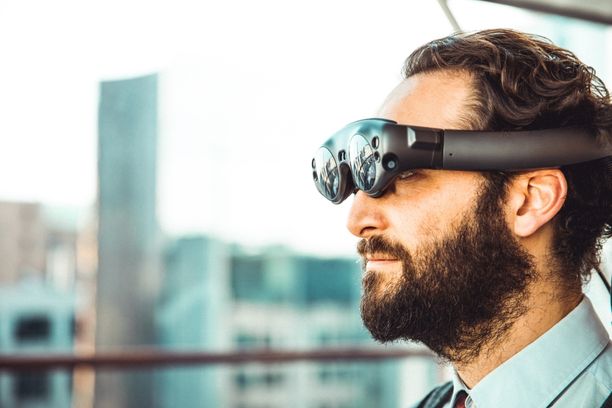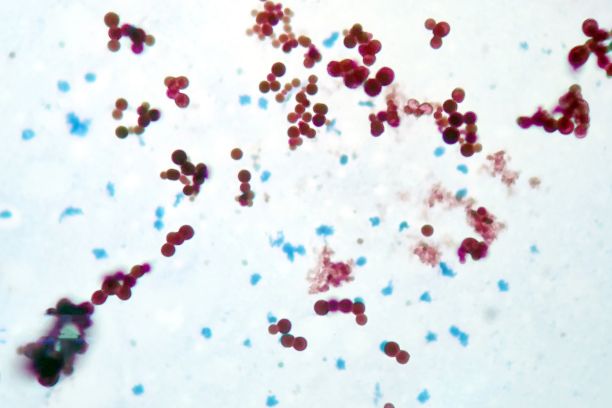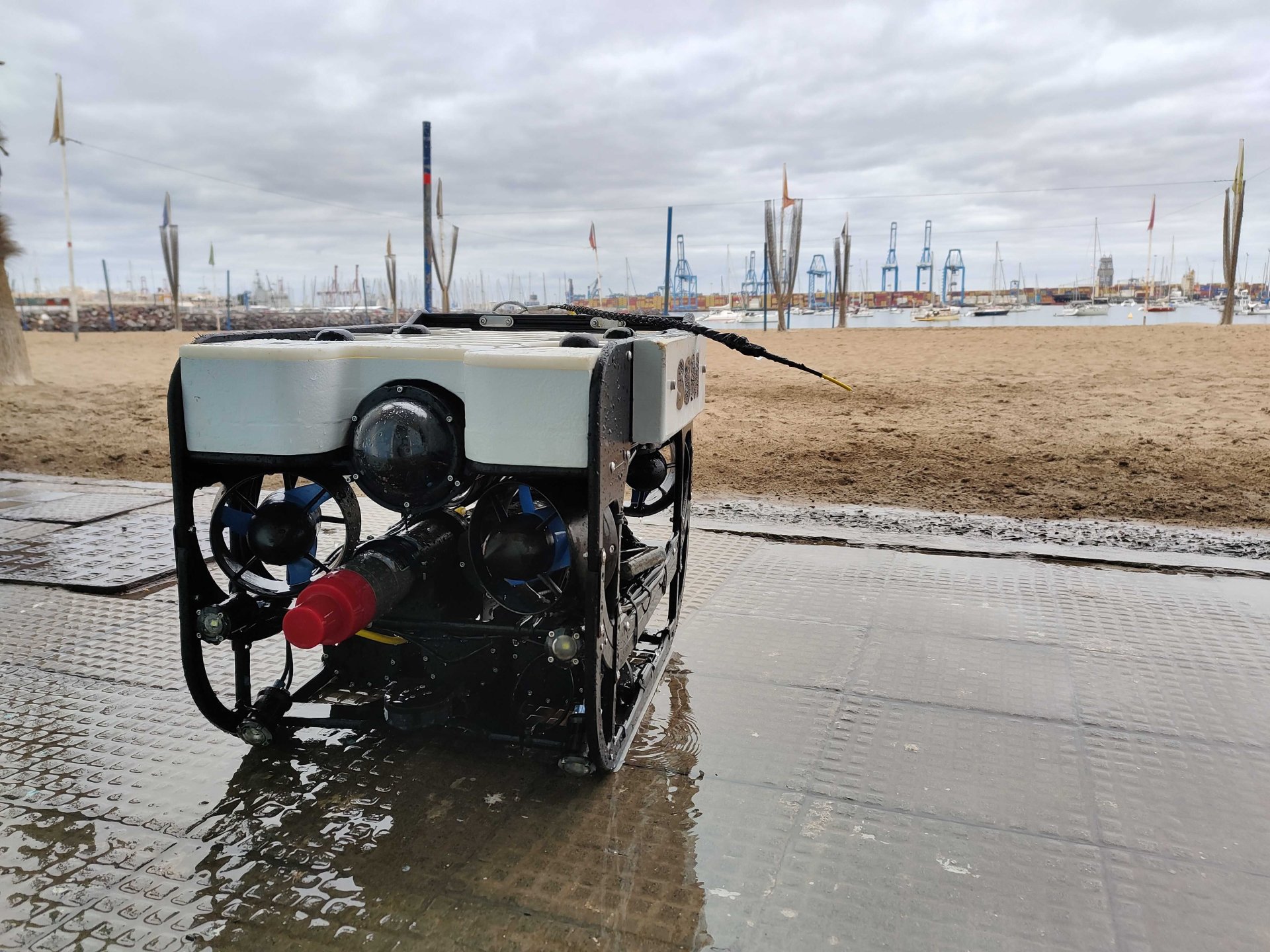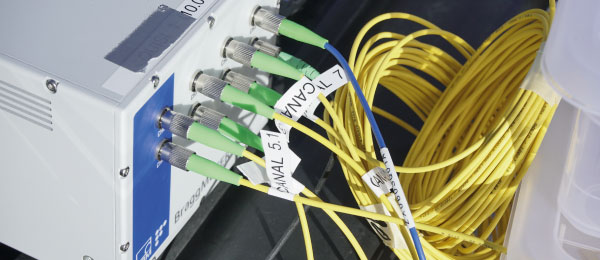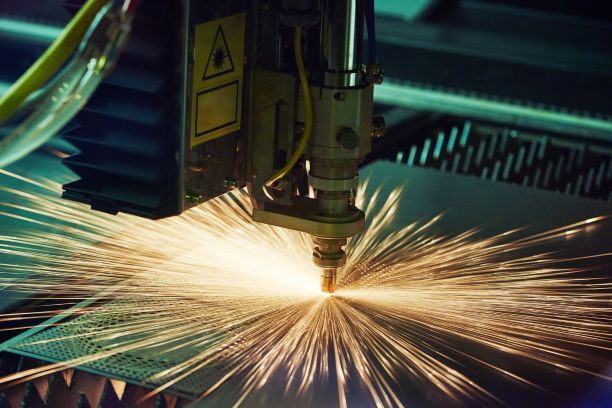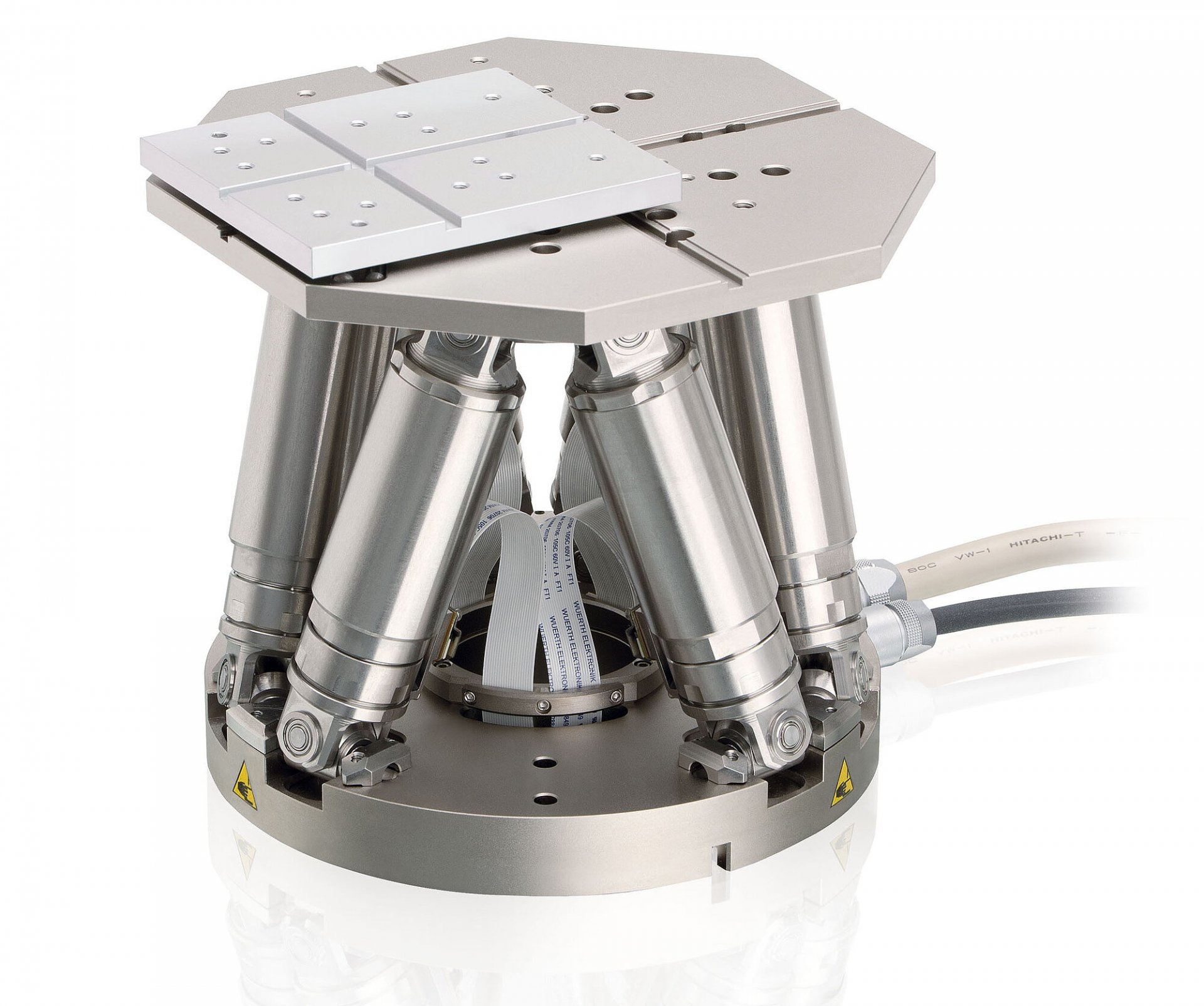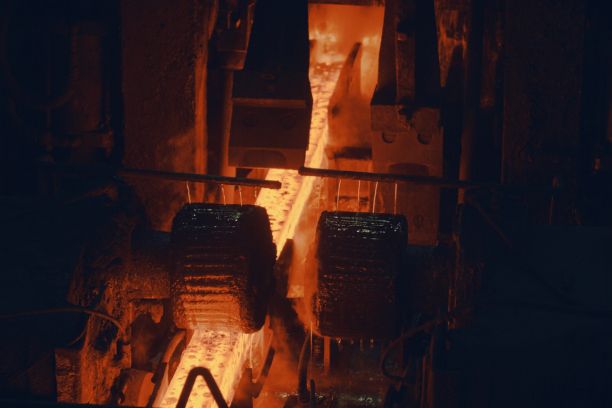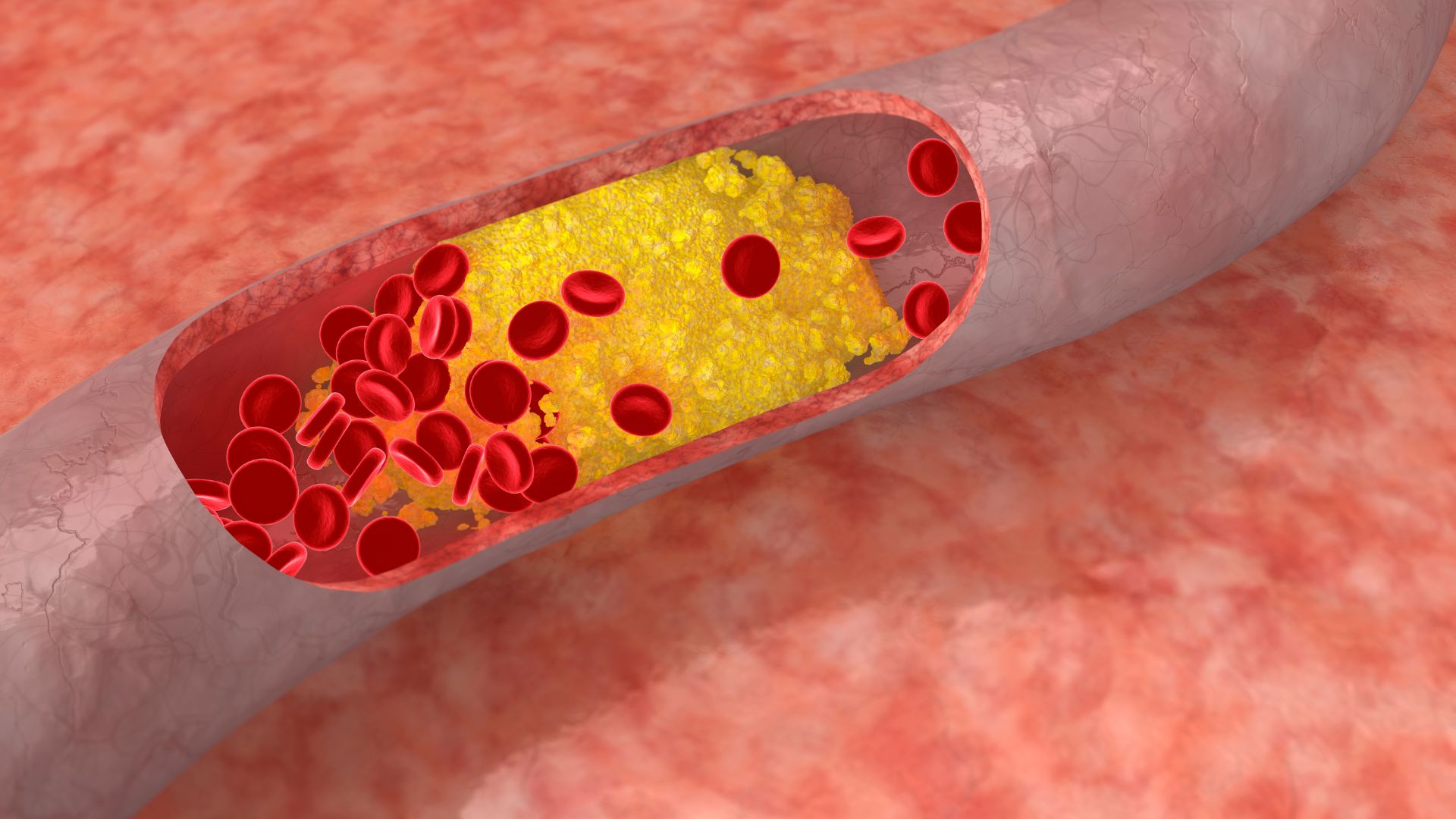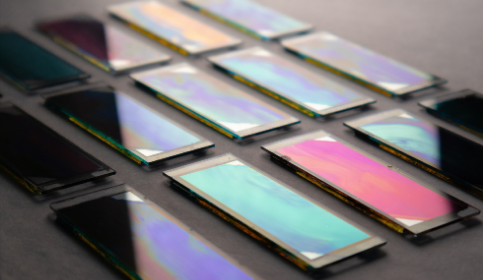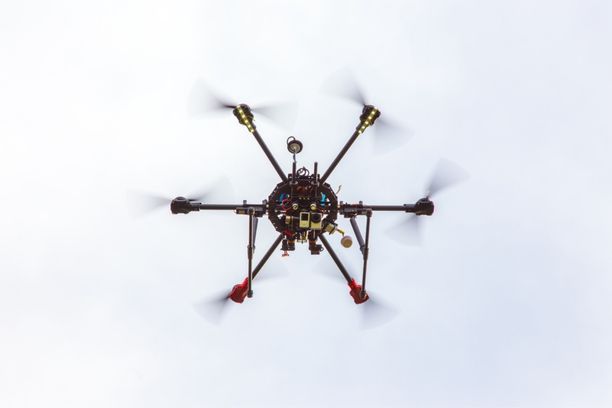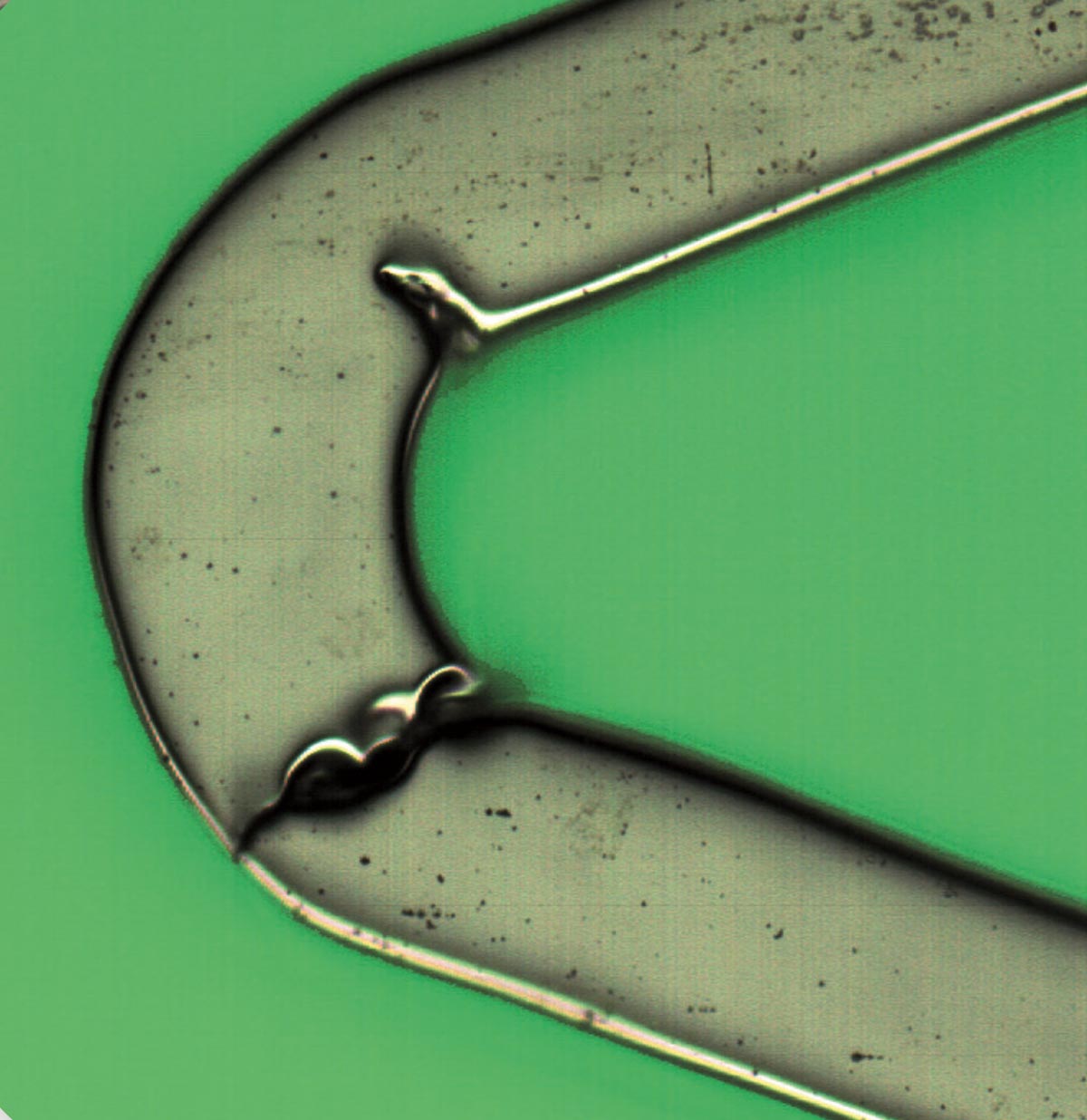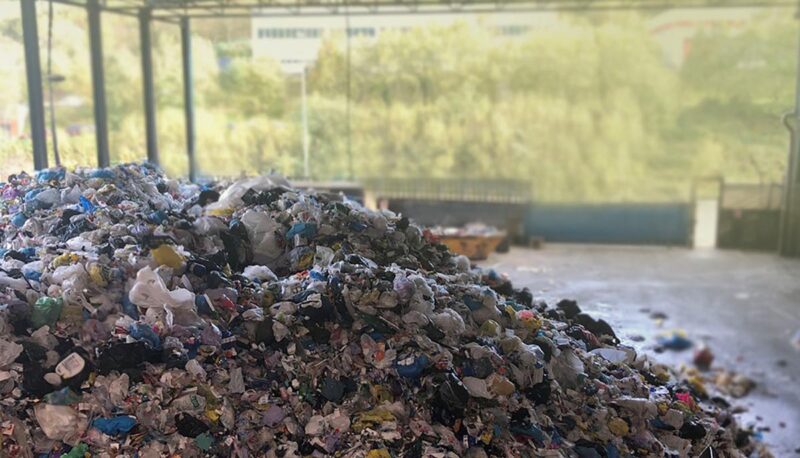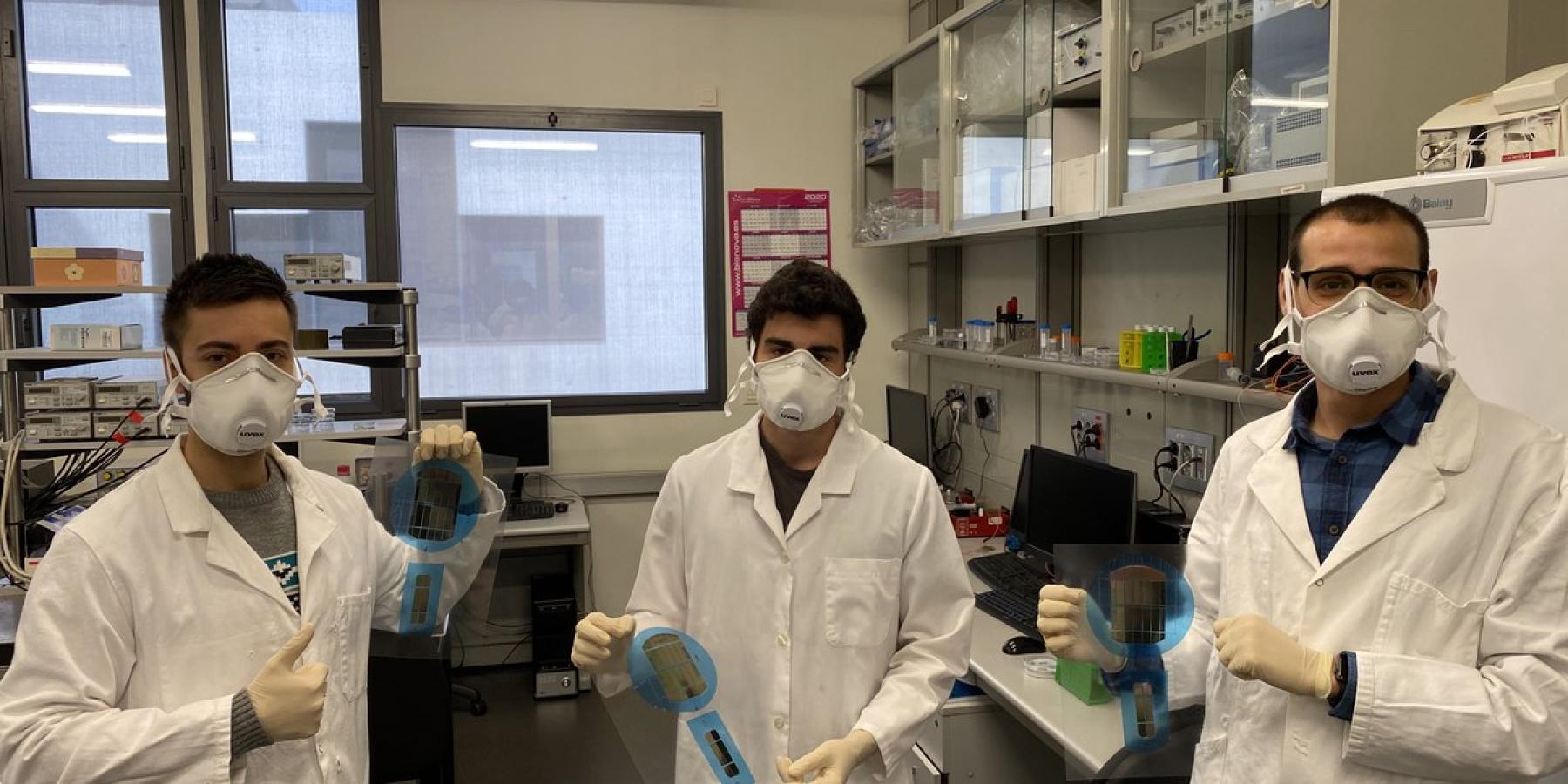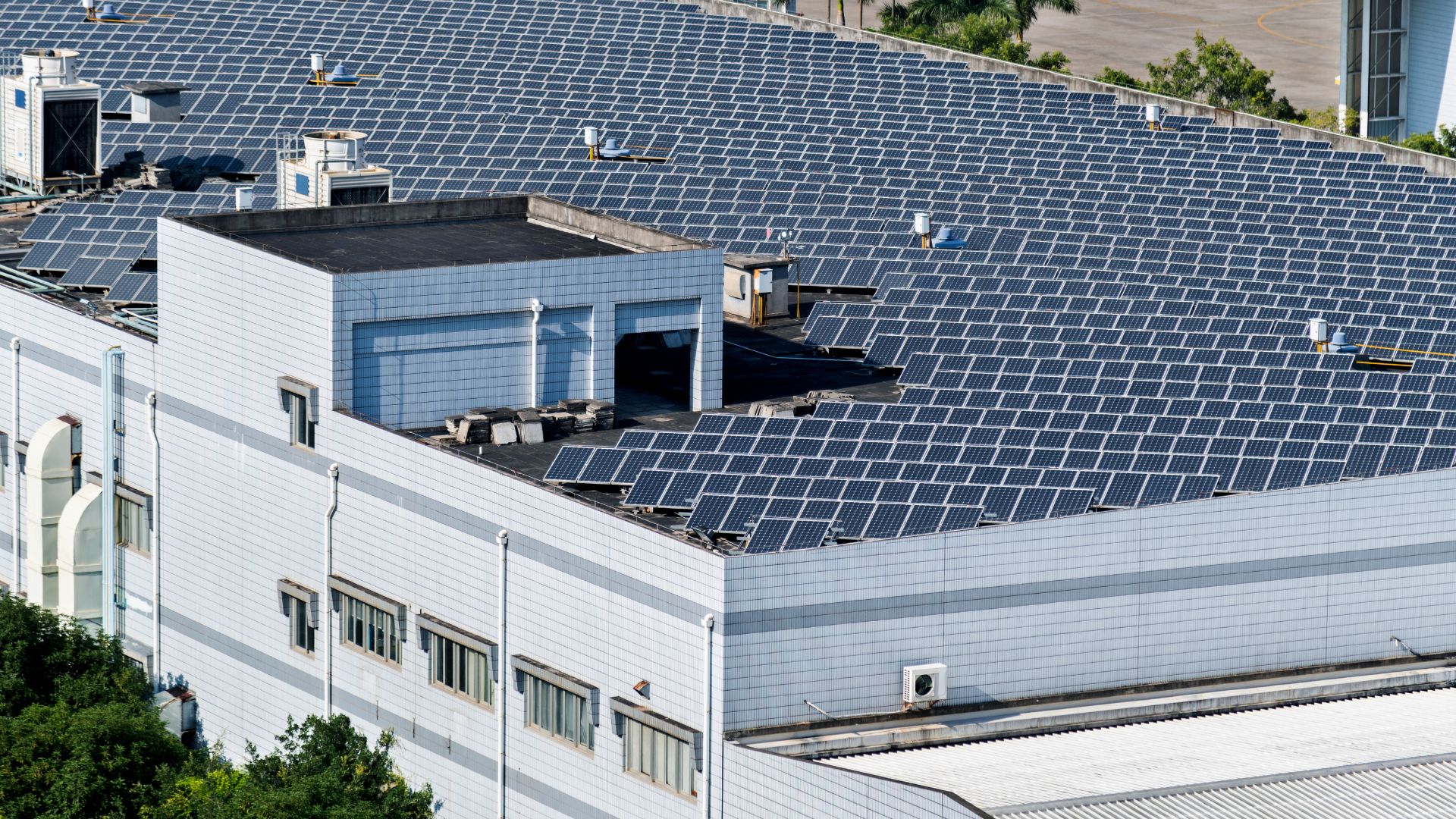SILICON EYE
Steel process monitoring system by means of neutral density filters
The steel company Celsa, one of Europe’s leading companies, has collaborated with two SMEs, bcb and Mapsi Photonics, to monitor its processes with thermal cameras and make the production process more sustainable. This is a consortium of partner companies of secpho, a deep tech cluster.
The extreme temperatures and harsh process conditions in the steel industry are a major challenge that result in high maintenance of these systems.
The initiative has received funding from the Ministry of Industry, Trade and Tourism corresponding to Next Generation EU funds, canalised through the support programme for Innovative Business Groups, whose objective is to digitalise industry.
In 2021, steel production in Spain grew by 27.6% to 14.2 million tons, which placed the national industry as the third largest manufacturing volume in the European Union
Steel is an essential material, present in almost all industries, from automotive, construction and aerospace to energy and electronics, due to its strength, durability, versatility, cost-effectiveness and recyclability.
There is consensus in considering the digital transformation of industry as a key element to boost such competitiveness, the so-called Industry 4.0 that combines advanced production and operations techniques with intelligent technologies that will be integrated into organizations, people and assets.
In this context, real-time monitoring is essential for the rapid diagnosis of industrial manufacturing processes; a loss of information or a delay in the response of a sensor can be crucial between disaster and peace of mind. Thanks to it, manufacturing defects can be detected and corrected in real time, which would otherwise lead to losses for companies (defective parts, production line stoppage, etc.).
To optimize production, the steel industry needs to switch from a monitoring system based on temperature sensors located in multiple zones to a thermal camera system.
The monitoring of the industrial process also makes it possible to know if it is being carried out under the right conditions or if, on the contrary, the conditions are hazardous for the workers and for the surrounding society, either because harmful gases are released, because higher temperatures are reached than expected or because there are structural failures due to thermal gradients that cause cracks or damage to the equipment.
In this sense, real-time control of steel processes is in an incipient state of development. It is mainly based on simple models that collect data in situ from temperature, humidity, etc. sensors, which are technologically limited because they only collect data from the precise position they are in. A matrix of sensors of all the parameters to be controlled is necessary to cover the whole process, which complicates its monitoring. In addition, extreme temperatures and harsh process conditions are a major challenge, resulting in high maintenance costs for these systems.
The main objective of the Silicon Eye project has been the study and development of a system that allows the monitoring of the hot rolling of wire rod in the steelmaking process, specifically in the Steelmor cooling of the DEMAG line, by means of thermal cameras with high quality photodetectors that incorporate modulable neutral density filters to detect as accurately and quickly as possible.
With the success of this process, it will be possible to modulate the use of the fans that control the final heat treatment of the wire rod coils, which will reduce consumption, reduce emissions by using less CH4 and less electrical energy, increase product quality by heating the billets to their optimum temperature and reduce the possibility of failures in the production process.
Thus, this project represents the basis for the automatic and high precision monitoring of industrial processes at very different temperatures. In this case, it is the computer itself that acquires the images and processes them, which chooses in real time the voltage to be sent to the adjustable filter, by means of an analog output.

